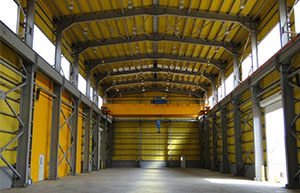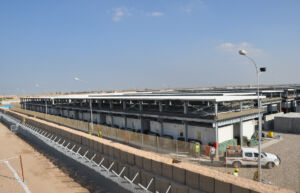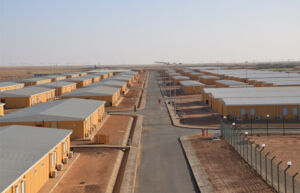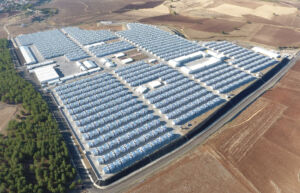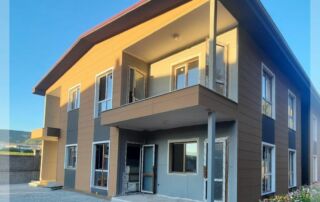Modular Construction for Urban Infill: A Smarter Way to Maximize City Space
As urban centers grow denser and available land becomes increasingly scarce, urban infill development—the process of building on underutilized or vacant land within existing city infrastructure—has emerged as a critical solution to housing and infrastructure challenges. Modular construction, championed by companies like Dorçe Prefabricated Building and Construction, offers a sustainable, efficient, and scalable approach to revitalizing urban spaces.
What is Urban Infill?
Urban infill refers to the redevelopment of unused parcels of land in city environments, such as empty lots, parking areas, or underperforming structures. The goal is to make better use of existing infrastructure, reduce urban sprawl, and create more vibrant, livable communities.
Why Modular Construction is Ideal for Urban Infill
1. Speed and Efficiency
Modular buildings are manufactured off-site in controlled environments and then assembled on-site. This process drastically reduces construction time—often by 30–50% compared to traditional methods—minimizing disruption in busy urban environments.
2. Reduced Site Impact
Urban infill projects often take place in confined spaces surrounded by existing structures. Modular construction minimizes on-site noise, traffic congestion, and dust, making it ideal for cities with strict environmental and operational constraints.
3. Customization and Scalability
From modular residential buildings and offices to healthcare clinics and educational facilities, modular structures can be tailored to match city-specific design guidelines, zoning codes, and aesthetic expectations. Dorçe Prefabrik’s steel-based modular systems are especially advantageous in offering long-term durability with flexible design.
4. Sustainability and Energy Efficiency
By utilizing precision manufacturing techniques and reducing material waste, modular construction aligns with green building goals. Dorçe’s solutions support sustainable development by offering energy-efficient, recyclable, and low-carbon footprint structures.
5. Cost Control and Predictability
With much of the construction process occurring off-site, developers benefit from fixed pricing and reduced risk of cost overruns. This makes modular construction an attractive option for municipalities and private developers alike.
Applications in Urban Infill
-
Affordable Housing Projects
-
Mixed-Use Developments
-
Urban Schools and Daycares
-
Temporary or Permanent Offices
-
Healthcare Units and Clinics
